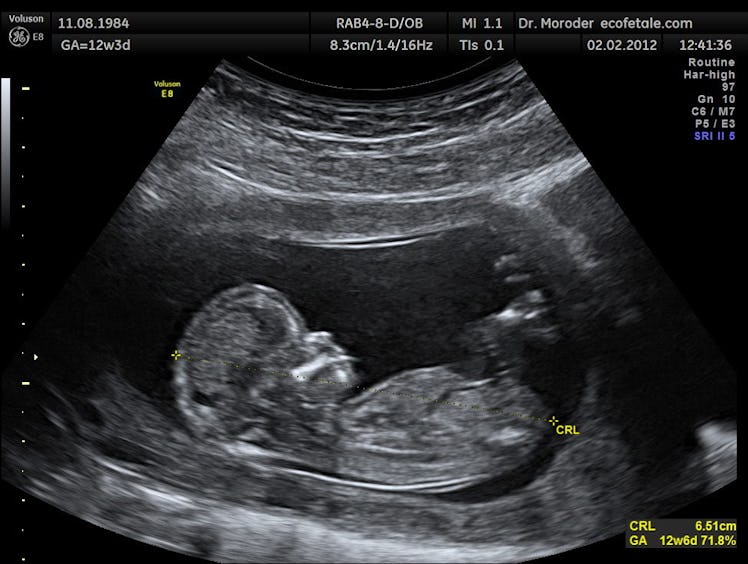We Still Have No Clue Why Most Birth Defects Happen
They're working on it.

Birth defects impact one out of every 33 babies in the U.S., and are a leading cause of death among infants. But we still have no idea why most of them happen and, according to a new study, scientists are still unable to establish cause in roughly 80 percent of cases. Which means thousands of distraught moms and dads are left looking for answers.
“In this population-based birth defect case cohort, the cause was established in only one out of every five infants,” coauthor Marcia L Feldkamp of the University of Utah told Fatherly. “We hope that these findings will be the first step to understand the gaps in our knowledge about the causes of birth defects.”
The aim of the study, published today in The BMJ, was to establish the causes of major birth defects in children born between 2005 and 2009, using Utah’s population-based surveillance system. Out of 270,878 births, Feldkamp and her team identified 5,504 children with birth defects. They were able to assign definite causes—almost all of them genetic, but a handful based on environmental factors—to 1,114 cases, or about 20 percent. But when it came to the remaining 79.8 percent of babies born with defects, the researchers were stumped. It’s important to note that Utah’s birth defect surveillance system excluded some more common birth defects, like clubfoot, which may have resulted in a lower prevalence rate overall. But this alone cannot explain the absence of cause in nearly 80 percent of cases.
Feldkamp suspects unknown causes are due to a combination of complex factors, such as odd interactions between the genetic profiles of the parents and their embryo, or due to environmental exposures in early pregnancy. Although the study is essentially about what we don’t know, Feldkamp suggests a few ways to try to fill our knowledge gaps. She recommends a multidisciplinary approach, combining clinical evaluations with genetic testing, in the hopes that the joint efforts of epidemiologist, clinical geneticists, and dysmorphologists will bear some fruit.
This could ultimately become the “basis for better primary prevention interventions, resulting in more babies being born healthy,” Feldkamp says. “Understanding the etiology of birth defects should be both a public health and research priority.”
This article was originally published on